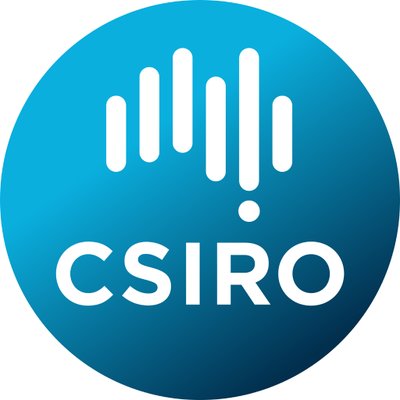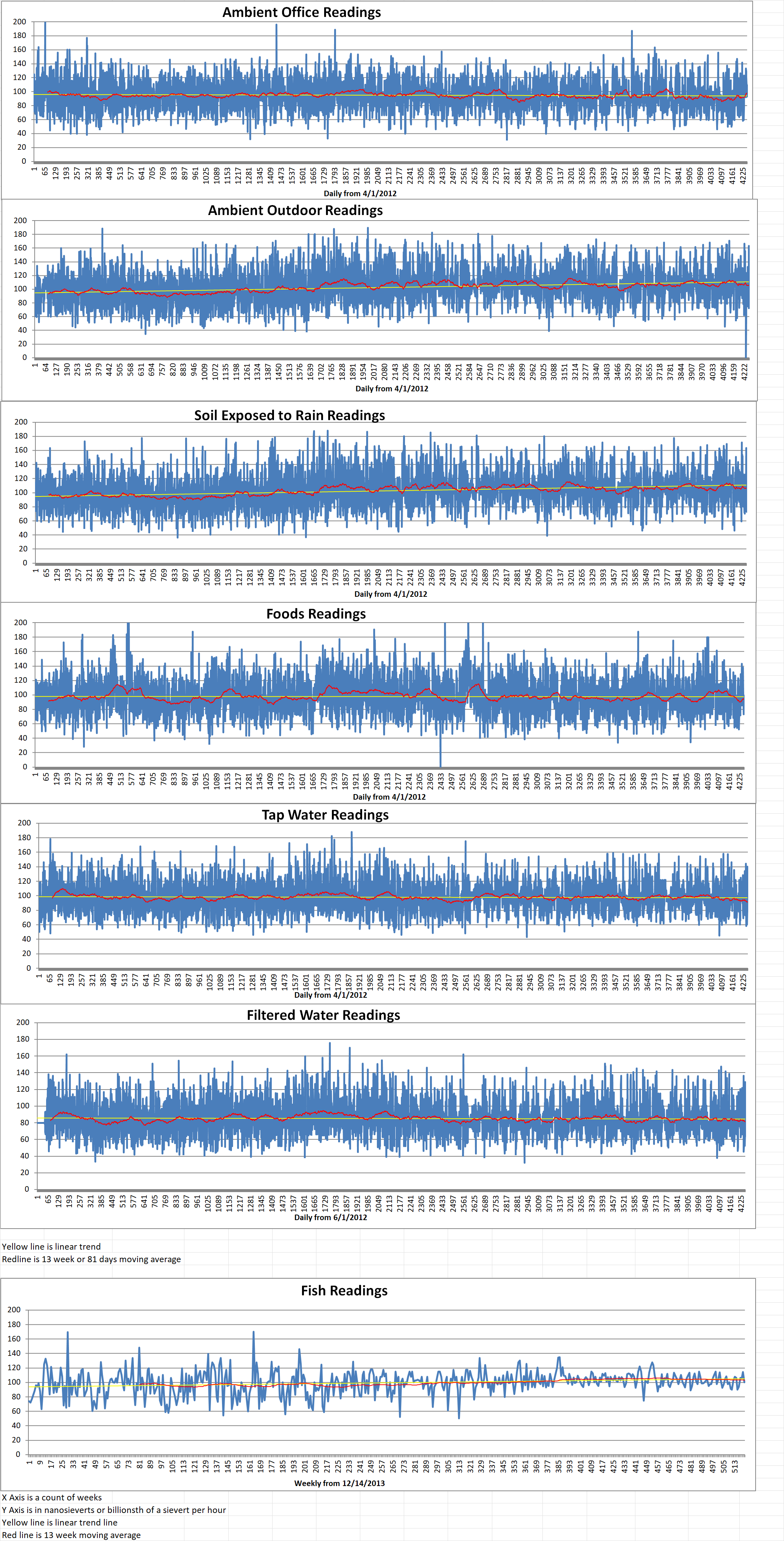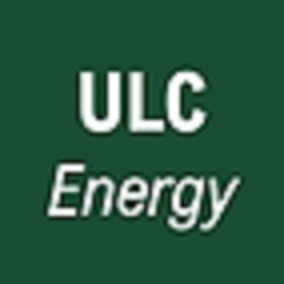The consultation draft of the 2023-24 GenCost report released today confirms that firmed renewables are the cheapest form of reliable energy in Australia now and to 2030. The GenCost report is an annual collaboration between Australia’s national science agency, CSIRO, and the Australian Energy Market Operator (AEMO).
The new report further proves that the Albanese Government’s plan to deliver a cheaper, cleaner and more reliable grid through the expanded Capacity Investment Scheme, Rewiring the Nation, and the Gas Code is the cheapest and best path for our country as aging and increasingly unreliable coal-fired power continues to be retire.
The report shows that utility-scale solar and onshore wind costs including transmission and storage, are two to seven times cheaper than new coal and small modular nuclear reactors (SMRs). This reflects Australia’s huge natural advantage in renewable resources.
Solar energy continues to put downward pressure on energy prices. The recent seventy one percent drop in wholesale prices per year is due in large part to increased rooftop solar.
AEMO’s roadmap for the future Australian grid, the Integrated System Plan (ISP) released last week, also confirms that a renewable grid with hydro, batteries, flexible gas and transmission is the cheapest way to deliver a secure and reliable energy grid.
The Australian Government is expanding the successful Capacity Investment Scheme to deliver thirty-two gigawatts of new capacity for the long-term reliable, affordable and low-emissions energy system Australians deserve. Rewiring the Nation deals with NSW, Victoria, Tasmania and WA which are unlocking and keeping a lid on prices for the necessary transmission build.
The LNP’s approach in Government was to watch as twenty-four aging coal plants providing a total of twenty-seven gigawatts announced closure dates with no plan for replacement.
Their current ‘plan’ is to halt all new renewable and transmission development at the same time AEMO forecasts ninety percent of aging and increasingly unreliable coal plant will retire by 2035. They are to be replaced by SMR technology, which CSIRO and AEMO find can’t reach first full operation until 2038 at the earliest.
The Draft GenCost report also provides detailed examples of real world nuclear SMR development. This includes cost blow outs of seventy percent. However, there is currently not a single commercial SMR project anywhere in the world.
The latest GenCost report reiterates what is already known. Renewable energy is the cheapest form of energy in Australia now and in 2030, even when accounting for storage and transmission costs. The report states that “The Albanese Government is making sure more households and businesses have access to abundant, affordable renewables. After a decade of vandalism and neglect of Australia’s energy grid by the LNP, the Albanese Government is on a unity ticket with our grid operators – to deliver a secure, reliable and affordable grid with firmed renewables. CSIRO’s report also shows that renewables, particularly wind and solar, remain frontrunners as Australia’s cheapest and most effective options to deliver a reliable grid to continue to power Australian industry and households. Cheaper renewable energy generation means more clean-green jobs for Australians. We’ve set aside $3 billion in the National Reconstruction Fund to support the growth of Australia’s renewable and low-emissions energy industries and meet growing demand in international supply chains.”
CSIRO and AEMO intend to release the final report in mid-2024.






